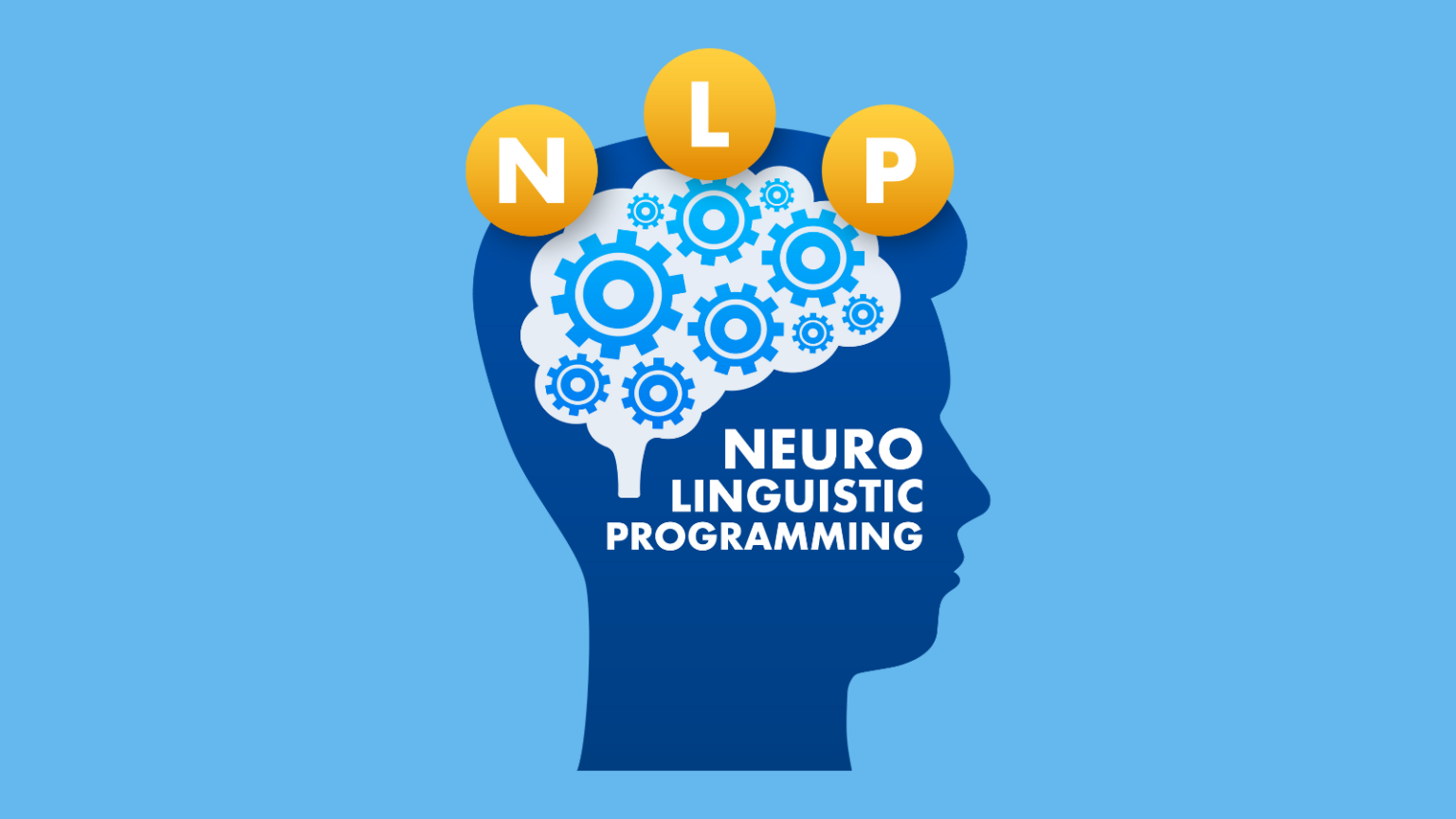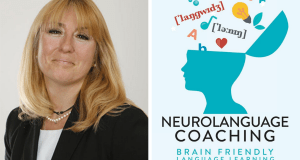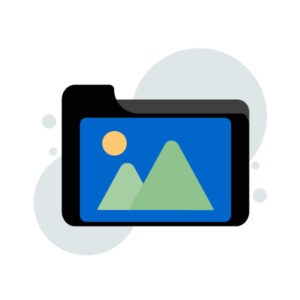NLP and Its Use in the Classroom
‘The map is not the territory: we all have different maps of the world.’ This phrase used by NLP (Neuro-Linguistic Programming) practitioners nicely sums up the concept that what we see on the surface may not actually be what is going on in reality. Teachers searching for different ways to reach their students may find that a number of NLP techniques can help them to improve communication, establish and maintain rapport and create a supportive atmosphere in their classrooms.
An Introduction to NLP
Based on the idea that we all perceive the world around us in different ways gives teachers insight into the ‘territories’ inhabited by their learners. The founders of NLP, John Grinder and Richard Bandler, observed excellent communicators and analysed what exactly they did in order to be able to teach this to others. This was the beginning of NLP, “Neuro” representing the brain and the nervous system which is the home of our behaviour, “Linguistic” meaning the words we use to express our thoughts and feelings, and “Programming” which refers to the actions we use to produce results and achieve our goals.
NLP Principles
One of places to start in NLP is with the principles. There are several basic ideas which are used by practitioners. Some of them are listed below in the box.
The principles of NLP
|
Representational systems
The world around us exists in our own perceptions and memories. NLP has named our sensory channels “representational” systems referring to the way we “re-present” or make sense of our external environments. Due to the constant bombardment of the information we receive every day, NLP practitioners maintain that most people have created a set of filters in order to keep from becoming overwhelmed. These filters can be divided into visual, auditory and kinaesthetic (VAK) channels. In adults and older adolescents the kinaesthetic channel is generally sub-divided into a motoric or an emotional preference.
Accessing the sensory channels
When we are truly relaxed we find it easier to access and make use of each of these sensory channels. However, when we are stressed we tend to rely on our most comfortable channel(s). It is possible to perceive information in one channel, store it as a memory using another channel and express it using a third one. By noticing details of how people speak and act, we can better understand the systems they are using at the time. This then enables us to communicate and teach more effectively.
Eye Accessing Cues
Our eye movements (known as eye accessing cues) can hint at which channel we are currently using to access information. These may be very quick movements. You may also notice someone looking in a particular direction for a longer period of time.
Visual accessing
- looking up to your left – remembering an image or words
- looking up to your right – constructing or imagining an image or words
Auditory accessing
- looking to your left – remembering a sound or words
- looking up to your right – constructing or imagining a sound or words
- looking down to your left – listening to an internal dialogue
Kinaesthetic accessing
- looking down to your right – remembering or experiencing something you have done or felt
VAK Language
Listening to the language a person uses can also clue us in as to the representational system they are using at the moment. Visual people tend to use phrases such as “Is it clear?” or “Do you see what I mean?” Auditory people will ask, “Does that sound OK?” or “I hear what you are saying.” Kinaesthetic people tend to use action or feeling words such as “Let me walk you through it.” or “It just doesn’t feel right.” When we begin to notice our own language patterns as well as listening more carefully to people around us, we become aware of these patterns emerging again and again.
Behavioural indications
A third option for determining thought patterns deals with what people do and strategies they use to achieve results. Visually-oriented people need to see information in order to understand it. They often use color-coded systems to help organize material. They like to get handouts and need to take notes so that they can refer to them later. As teachers they may spend time making their handouts look good and as students will often highlight or underline important material. They may, however, have trouble remembering oral instructions.
Auditory people, on the other hand, process information by listening and prefer to concentrate on the voice and tonality of the speaker. They love discussions and remember details of what was discussed. Sometimes they need to think aloud and talk through their thoughts. Auditory learners often acquire excellent accents in foreign languages and are able to express themselves well.
Kinaesthetically-oriented people understand information through their feelings and experiences. They need to try things out for themselves, and are often the action-oriented students in a classroom who enjoy hands-on projects and tasks. Also, they tend to use gestures and movements while speaking and may have trouble sitting still for too long a period of time. They enjoy the social aspect of class and it is very important for them to have a good atmosphere in order to feel comfortable.
NLP in the classroom
A basic understanding of NLP techniques can be a great teaching tool. Below are some of the strategies that you can use to incorporate NLP into the classroom.
Teaching / re-teaching
One option which is useful when trying to get ideas, concepts, grammar points, etc. across is a technique called ‘Teaching / Re-teaching’. This concept, developed by Michael Grinder suggests that when we first present something new, we should do it using all the representational channels. We can write the information on the board, explain it aloud and use gestures or move about to help get the idea across. However, some learners may need more help grasping the concept. In this case, we can use a ‘re-teaching’ segment. Several examples are given below:
Teaching the ‘3rd person ‘s’
- Explain that third person singular needs an ‘s’ in the present simple and write a sample sentence on the board while saying it aloud.
- Make the sentence into a question, add the ‘Does’ and cross out the ‘s’. Say the new sentence aloud and discuss with the learners.
Re-teaching the ‘3rd person ‘s’
- Give individual learners cards with words and the letter ‘s’ on them that make a sentence, eg. ‘She likes pizza.’
- Then give one person a card with a question mark on it and another one a card with ‘Does’.
- Tell the person with the question mark to push away the person with the ‘full stop’ and the one with ‘Does’ to push away the ‘s’.
- Ask the learners what they feel in this situation.
- Then repeat with the ‘full stop’ replacing the ‘question mark’ and the ‘s’ pushing away the ‘Does’.
This is one way to help primarily kinaesthetic learners to grasp the concept of the ‘s’ being replaced by the ‘does’ as they experience it with their bodies rather than abstractly.
Re-teaching contractions
Kinaesthetic learners fine it difficult to understand contractions as the ‘disappearing’ letters make very little sense to them.
- Write out the words: ‘It is’ on a card.
- Fold the card over to hide the ’I’ and add a paper clip to act as the apostrophe.
The card can then be folded and unfolded so that learners can ‘see’ where the missing letter is.
Re-teaching supply and demand
- Give five students in the class cards which say ‘Employer’ on them.
- Give the rest cards which say ‘Job seeker’.
- Tell the job seekers to try and get a job with one of the employers.
- Ask the class what they did and how they felt.
- Collect all the cards.
- Give the ‘Job seeker’ cards to five students and ‘Employer’ cards to the rest.
- Ask them again to find a job.
- Analyse what the differences were the students and if their behaviour changed when the supply and demand was at different levels.
Sensory-acuity exercises
Becoming aware of the less used representational channels can help learners to stretch out of their comfort zones and develop new learning strategies. It will also increase their ability to perceive and remember material they have learned in more than one way. Michael Grinder points out that ‘What we have learned is often not as important as how we have stored the information in our brains.’ This means that if we can remember something using a visual, auditory and the kinaesthetic channel, then we have more chance of accessing it when we need it. These short activities can be incorporated into any classroom to help learners stretch out of their preferred styles.
Visual acuity
Learners close their eyes and describe another person in the classroom to their partners. They open their eyes to see how well their description matches the person. This helps learners practice noticing things around them more accurately.
Auditory acuity
Learners work in pairs. One person makes a sound while walking through the room. The other, eyes closed, follows their partner’s sounds. In a room full of learners trying this exercise, it can be a challenge. This teaches learners to listen to one sound in a room filled with other noises.
Kinaesthetic acuity
Learners work in pairs and write words on each other’s backs with their fingers. To extend the exercise, have learners then write the word they understood on the back of another person. This translates kinaesthetic feelings into understanding written language.
Rapport
Rapport in the classroom is one of the most important elements in getting a message across. NLP has specific techniques to learn how to establish and maintain rapport. These include strategies such as matching body language and posture, volume and speed of voice, use of register and slang. Other factors can include distance of speakers and eye contact. One can easily demonstrate this with the following exercise.
The Three Minute Exercise
- Work in groups of three: Person A, Person B and an Observer.
- The Observer needs to sit where he/she can easily see Person B.
- Person A begins to tell Person B a story.
- Person B matches body language and posture until he/she gets a signal (after one minute) from the Observer.
- At this point Person B begins to mismatch.
- After a minute of mismatching, the Observer again gives Person B a signal at which point B begins to match again and Person A continues talking for one more minute.
- Discuss what happened in the groups.
The groups in most cases will notice that A will find it more difficult to continue talking when B has begun to mismatch. It might be that A will look around for someone else to talk to or simply stop until B begins to match body language again. This activity is important to show how we can consciously help learners by matching their body language and distract them when we stop doing this.
These basic techniques can be easily learned. However, they need to be practiced on a daily basis. In the everyday stressful situation of the classroom, it is easy to forget that our learners may be experiencing the world differently than we do, or feel we don’t understand them. For educators who have become used to working with rapport and a mix of methods, they notice positive results very quickly and gain the motivation to continue with these strategies. In the end, they find that changing their own behaviour pays off, as they expend less energy to get the same results. With these strategies, improvement will be more easily achieved and concepts understood more readily.
References
Grinder, M. 1991 Righting the Educational Conveyor Belt. Portland: Metamorphous Press
O’Connor, J. and J. Seymour. 1990 Introducing Neuro-Linguistic Programming. London: Mandala/Harper Collins
Revell, J. and Norman, S.(1997) In Your Hands – NLP in ELT. London: Safire Press
Rosenberg, M. The How of Thinking: The Secrets of Neuro-Linguistic Programming Analytic Teaching, The Community of Enquiry Journal, Volume 20, No. 2.
Viterbo University: LaCrosse, Wisconsin
https://forms.viterbo.edu/analytic/Vol%2020%20no.%202/the%20how%20of%20thinking.pdf







One Response
Diane Jackson
Thank you for this, Marjorie. This is an article worth saving as well as sharing. How may I share it on my facebook page? Thank you in advance, Diane.
21/06/2016